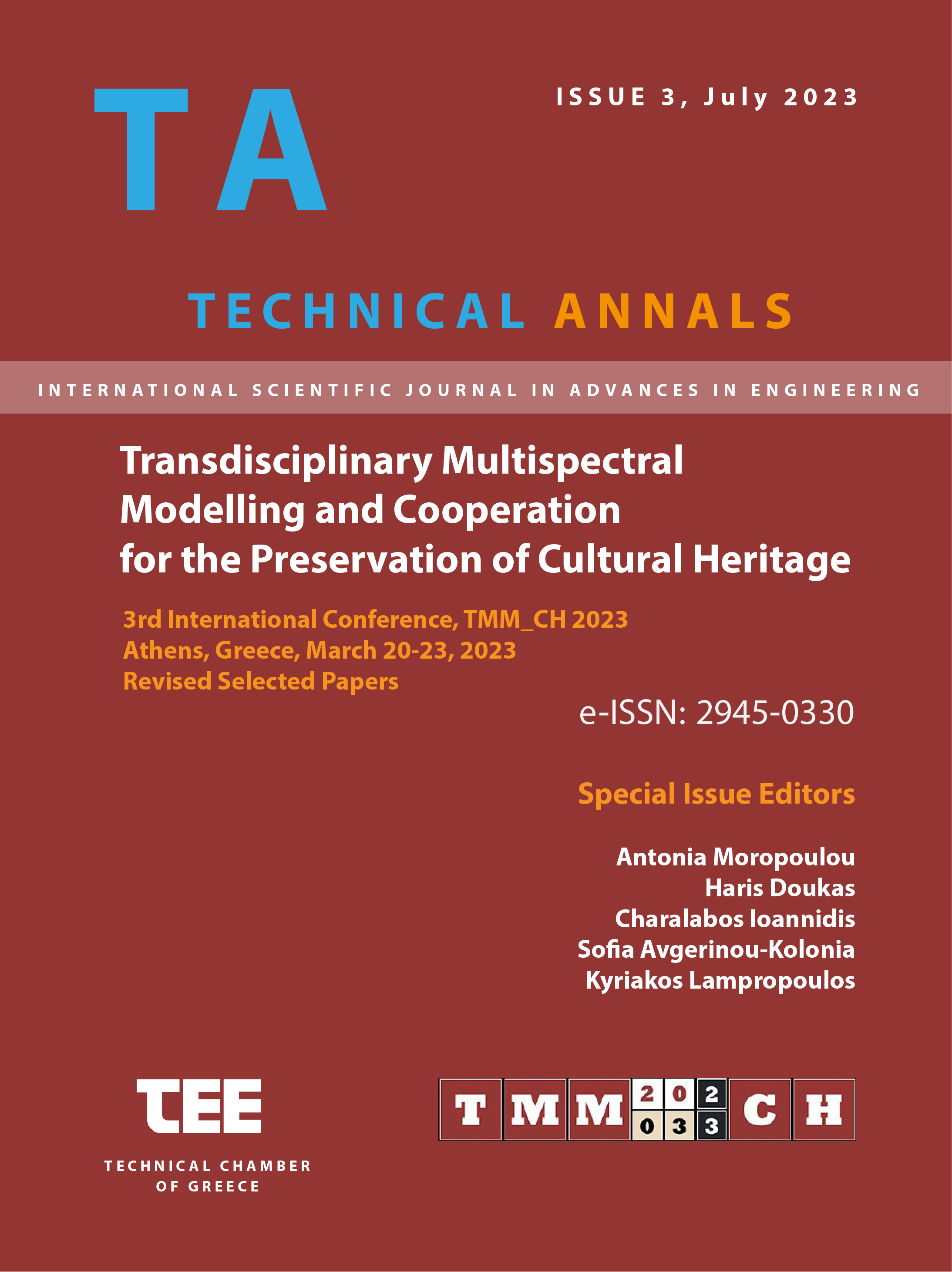Digital documentation of three largest subterranean structures of Hagia Sophia: The passage under the esonarthex, the vaults under the atrium and the hypogeum

Abstract
The terrestrial scanning project of Hagia Sophia's subterranean structures took place in 2020. This initiative facilitated the creation of a three-dimensional point cloud model capturing the underground tunnels and structures. Subsequently, in 2022, a more detailed documentation of the older hypogeum within Hagia Sophia was conducted. This study particularly focused on the three largest subterranean structures on the site. The first of these is the passage beneath the esonarthex, delineating a structural transition between the Theodosian and Justinian periods, spanning from the fifth to the sixth centuries. Notably, the discovery of a previously unnoticed column base on the floor of this structure prompted an update to the plan of the Theodosian atrium. The second focus lies on the vaults beneath Justinian’s atrium, requiring an architectural visualization update since Schneider's documentation in 1941. These subterranean structures define the boundaries of the no longer physically existing Justinian atrium, and the debris within them awaits excavation to provide further insights. The last structure examined is the hypogeum dating back to the 4th century. This structure underwent a more detailed redocumentation following a partial clean-up and has been digitally visualized.
Article Details
- How to Cite
-
Diker, H. F. (2023). Digital documentation of three largest subterranean structures of Hagia Sophia: The passage under the esonarthex, the vaults under the atrium and the hypogeum. Technical Annals, 1(3). https://doi.org/10.12681/ta.36068
- Section
- Digital Heritage - Holistic Approach

This work is licensed under a Creative Commons Attribution-NonCommercial-ShareAlike 4.0 International License.


